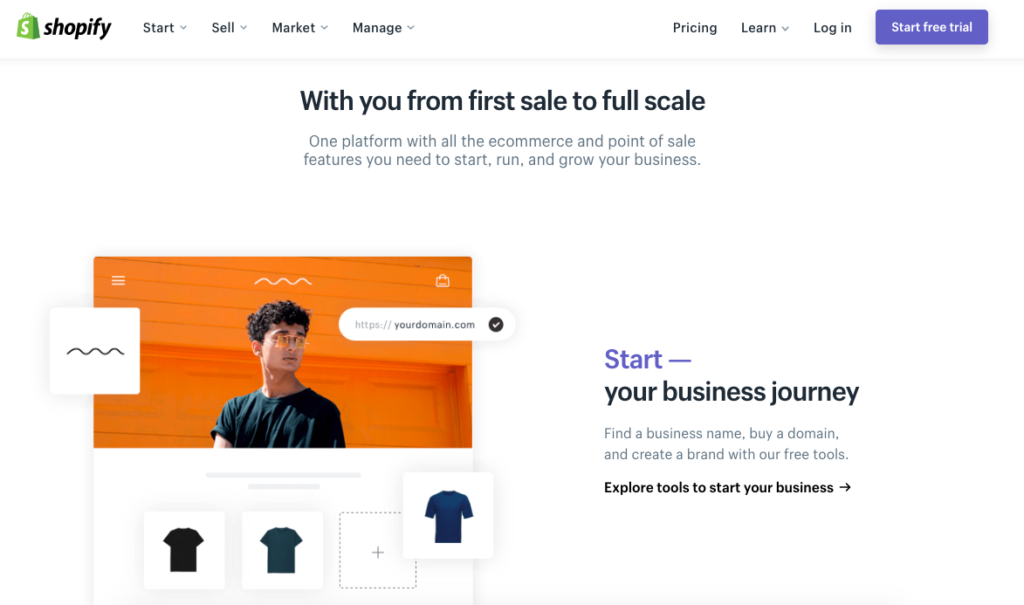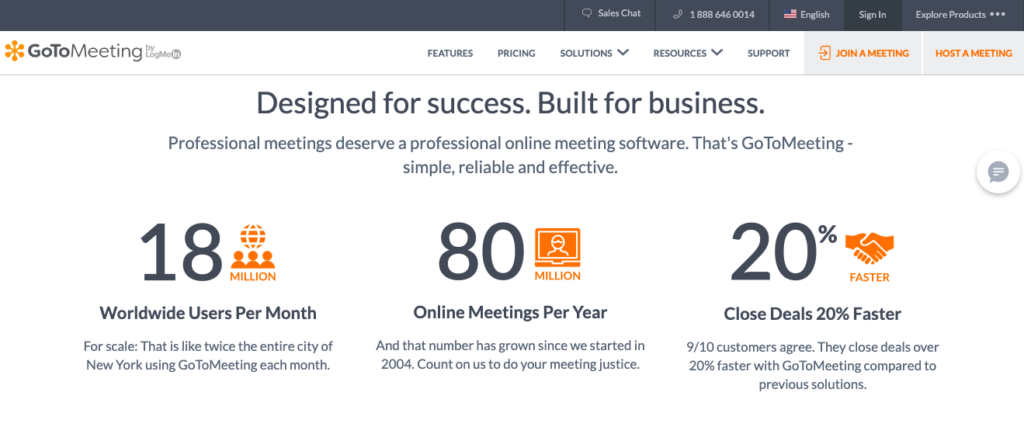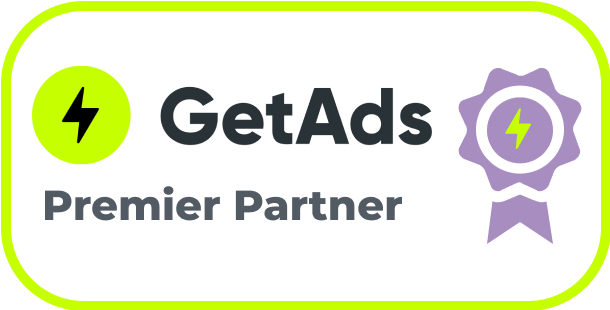Copywriting just might be your best salesperson if you work in a SaaS company. Why?
It conveys and reinforces your messaging when you’re not there to do it yourself.
Oftentimes, however, poor copy dilutes value propositions, messaging, and differentiators. That may be by focusing on the wrong points or just being poorly written and formatted.
And unfortunately, that can translate into many missed opportunities for your SaaS business.
Oftentimes, however, poor copy dilutes value propositions, messaging, and differentiators. That may be by focusing on the wrong points or just being poorly written and formatted.
And unfortunately, that can translate into many missed opportunities for your SaaS business.
WHAT IS SAAS AND WHY DOES COPYWRITING FOR SAAS MATTER?
Simply put, “software as a service” (SaaS) is a service model in which software is centrally hosted and licensed on a time-limited basis—a subscription, in other words. Companies in this industry are becoming more and more common; among them include Salesforce, Microsoft, Adobe, and Box, to name a few.
In fact, SaaS is expected to grow by nearly 80% between 2018 and 2022, and reach US $143.7 billion in revenue. Of course, this growth is dependent on successful sales—a major part of which is copywriting, given that the SaaS model relies on a virtual product.
According to research by venture capitalist and author Tomasz Tunguz, SaaS companies spend 80% to 120% of their revenue on marketing and sales between Year 0 and Year 5. And while most companies would love to achieve a 20% growth rate, software companies that grow at this rate run a 92% chance of ceasing to exist within just a few years.
There’s no need to be discouraged, though—you can maintain a competitive edge by writing smart, well-optimized copy to attract more leads and boost your conversions.
1. KNOW YOUR AUDIENCE
Nearly 4 billion people—or more than half of the world’s population—use the internet.
While you may be inclined to try to reach each and every one of them, you should focus instead on capturing only a subset.
Who exactly? Your buyer personas, the people most likely to buy your product. Designing copy that speaks to your ideal customer personas means addressing their specific needs and concerns.
To identify these needs, think of your target audience(s) and create personas based on them. Try to make them as detailed and lifelike as possible by including specific dimensions like:
- Demographic information, e.g., age, gender, location
- Professional characteristics, e.g., level of education, socioeconomic background
- Psychographic traits, e.g., interests, goals, frustrations
The more specific, the better. After all, your target customers are real people with individual goals and desires.
2. FULLY ANSWER PROSPECTIVE CUSTOMERS’ QUESTIONS
With developed personas for each major segment of your target audience, you’ll be better equipped to step into their shoes. This is important because your content should be viewed from your user’s perspective to address their biggest questions.
Consider, for example:
- What questions do your prospective customers have?
- What questions have they not yet realized that they have?
- Where are their pain points?
- How would they explain what they need and what they want to accomplish?
- Why might they hesitate to buy your product?
- What would convince them to buy it now?
Anticipating your customers’ questions can save them from becoming frustrated or confused down the road when they come to your site to learn more about your product.
You can find a great example of this on the ecommerce platform Shopify’s website.

Shopify’s target audience is made up of entrepreneurs and small business owners, a tough crowd bound to have hard-hitting questions for the sake of their respective business interests. However, Shopify tackles prospective customer concerns by describing its role across different business stages and aspects (e.g., starting one, selling products, and marketing), and linking to more in-depth landing pages about each function.
This thoroughness helps Shopify cover all its bases so that by and large, interested readers aren’t left wondering how the platform will benefit them. Instead, the ball is in their court to decide whether or not to start a free trial or make a purchase.
3. INCLUDE HARD DATA
When you make a claim, back it up with hard data.
That could be product research, statistics, and any other quantifiable facts relevant to your service.
Why do numbers make a difference?
They not only reduce the chance that you’re wrong (because you’ve verified a claim), but they also build trust in your company.
For an idea of how numbers can be persuasive, check out how GoToMeeting shows its customer satisfaction and results.

Can you imagine how less convincing GoToMeeting’s copy would appear if it used the following claims instead?
- A lot of worldwide users per month
- Many, many online meetings per year
- Close deals way faster—most customers agree
Providing specific numbers, as opposed to vague and ambiguous wording, helps to reinforce the point that GoToMeeting is widely used and can make business more efficient.
4. AVOID OVERLY TECHNICAL JARGON
It’s no surprise that jargon creates a barrier between you and your potential client. While using some industry terms can create a sense of authority and expertise, overdoing it will alienate potential clients.
So don’t talk over your readers. Otherwise, they’ll leave and move on to another site that takes less time and effort to understand.
Instead, write for your audience’s background and level of knowledge. Simplify unnecessarily complex wording and aim for succinctness.
That said, if your target audience happens to be made up of professors and academics, then by all means keep the technical vocab. But for more general audiences, avoid using those big words. You’ll seem pretentious or snobby, and give your customers a reason to leave your site asap.
5. DON’T WASTE SPACE EXPLAINING WHAT YOUR CUSTOMER ALREADY KNOWS
Okay, so you shouldn’t over-complicate your writing but you also shouldn’t over-simplify it.
Sound confusing?
Simply put, SaaS doesn’t need to be explained ad nauseam.
Today, when buyers research software, they likely know what a SaaS model means. If you’re using precious word count to overexplain how your product’s licensing, subscription, and delivery models work, you’re not focusing on what matters—your true differentiators and value proposition.
For example, the SaaS company DocuSign has landing pages targeting different types of businesses and departments. Here’s what its legal solutions page looks like.

This page is intended for clients with a legal background, a very specific user persona. As such, it does not aim to explain every term or phrase that non-legal readers are unfamiliar with, like “court-admissible Certificate of Completion” or “chain-of-custody audit trail.” Instead, DocuSign makes its copy as straightforward as possible, building on its readers’ preexisting knowledge to show its own know-how and sell its product.
6. MAKE YOUR CONTENT SCANNABLE
People scan your content; that is, they don’t read every word.
In fact, according to research by NN/g, people tend to read online content in an F-shaped pattern and consume only 25% of the words on a screen.
What does this mean for your copy?
It means you’ve got to be strategic about how you design it. Specifically, you should:
- Concentrate important content near the top of the page
- Use headings to clearly separate sections of text
- Format for clarity, e.g., bolding important words
- Incorporate bullet points and numbered lists where relevant
- Make text large and easy-to-read
- Shorten your paragraphs (1-3 sentences long)
These writing and formatting best practices make your content more digestible, helping guide your readers along rather than pushing them away.
7. USE POWERFUL LANGUAGE
The powerful language leaves a strong impression on users and is what makes the difference between good and great writing.
What exactly constitutes “powerful” language?
It’s descriptive words and phrases that evoke action, emotion, or vivid imagery, and in doing so, become much more memorable than dry, prosaic writing.
For example, take a look at the popular messaging and collaboration software company Slack.

Consider how a phrase like “streamline your work with integrated tools” sounds more detailed and compelling than something like “make your work more efficient with a bunch of tools.”
Or even “information leaves siloed inboxes and flows into shared team channels”—can you see how this is more effective than copy like “your emails connect to group channels”?
Though it may take some more creativity, your copywriting has much to gain from using powerful language. It’ll not only engage users but also make your product stick better.
8. OPTIMIZE CONTENT FOR PEOPLE, NOT JUST SEO
You’ve seen the websites—the ones where the content flows awkwardly and repeats key terms excessively.
If you’re wondering what the deal is with these sites, it’s simple: their content writers focused on the web crawlers that scan pages rather than the people trying to read them.
And as a result, these websites generally have poor user experiences.
What does that mean for you and your business?
You should write for the people you want as your customers, not just for search engines. After all, it’s your human readers who will click on your page and decide to linger and explore your site further. Don’t make the mistake of over-optimizing your pages, which includes practices like:
- Directing all links to top-level navigation pages
- Using exact-match keywords, even when they’re grammatically incorrect
- Writing keyword-rich anchor text
- Trying to rank for non-relevant keywords
Instead, focus your content on people. You’ll see much better engagement metrics as a result, which can incidentally take your SEO higher.
FINAL TAKEAWAYS
Copy convinces your prospects to trust you and buy your product, especially for companies in the SaaS industry.
When SaaS companies look for the double-digit growth they need to survive in this rapidly expanding space, they look toward sales and marketing. This makes it crucial to get your copyright the first time when prospects arrive on your web page looking to be convinced that your product will solve their pain points.
Getting your messaging just right communicates your brand’s value to readers, helping put it on the map as well as the fast track for growth and expansion.







